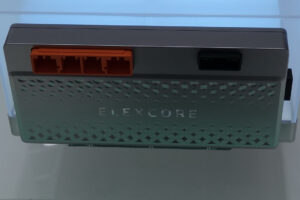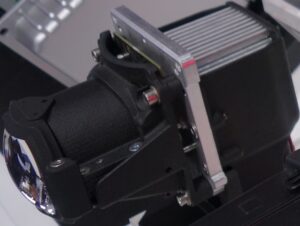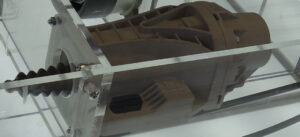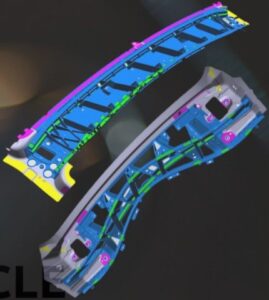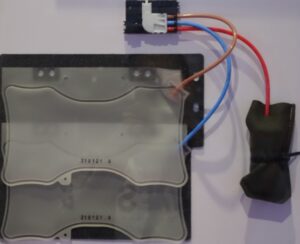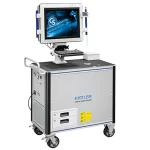
The new third-generation MLX81123 features a SOIC8 and a small DFN-8 3mm x 3mm packaging. This miniaturization enables the use of light in any location of the car, whereas before there were limitations due to space constraints. Manufactured using cutting-edge silicon-on-insulator (SOI) technology, the MLX81123’s miniaturization allows for an increased number of ICs per wafer. The result of this advancement is both one of the smallest RGB LIN IC controllers on the market and a significant increase in production output volume – ready to meet the demands of the growing automotive ambient lighting market.
With common software design and pin-to-pin compatibility (SOIC 8) with its predecessor, it offers effortless integration into existing designs. Replacement of current MLX81113 chips with the new MLX81123 is often possible without a full development cycle.
The MLX81123 delivers RGB according to LIN 2. x and SAE J2602. For safety applications, it supports system integration up to ASIL B under ISO 26262.
The advanced 16-bit microcontroller unit is equipped with 2 KB RAM, 32 KB of application-usable flash, and a system ROM with a bootloader and LIN driver. A built-in 512 B EEPROM allows for effective configuration, such as LED calibration coefficients, which are needed to ensure uniform cabin brightness and color representation.
The MLX81123’s LIN system includes a transceiver and protocol handler, which facilitate the seamless connection between RGB ambient modules and the pre-existing LIN network of the vehicle. Featuring four high-voltage I/O with free configurable current sources (up to 60 mA), the MLX81123 can support RGB and white LEDs from a wide range of suppliers, allowing for greater procurement flexibility. The IC’s independent 16-bit PWM output provides precise color and brightness control of any connected LEDs, meeting the demands of a variety of vehicle ambient applications such as door trim, accent, and interior cabin lights.
In sleep mode, the MLX81123 exhibits a typical standby current consumption of just 25 µA and features a 28 V jump start, as well as battery monitoring with over and under-voltage detection. The operating temperature is a wide -40°C to +125°C with a built-in temperature sensor for thermal monitoring, ideal for even the most demanding automotive environments.


